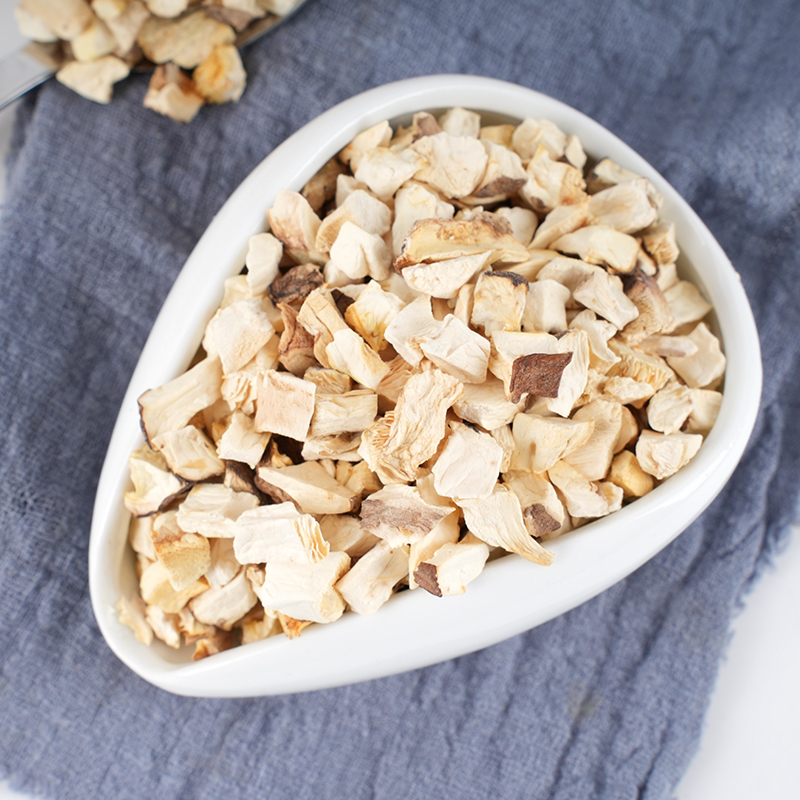Dehydrated shiitake mushrooms are widely used in the food industry for their rich umami flavor, long shelf life, and nutritional benefits. However, to maintain quality, safety, and stability during storage and transportation, two key parameters must be carefully controlled: moisture content and water activity (aw). These values play a vital role in determining shelf stability, microbial safety, and product texture.
Typical Moisture Content in Dehydrated Shiitake Mushrooms
The moisture content of dehydrated shiitake mushrooms generally falls within the range of 8% to 12%. This low level of residual moisture ensures that the product remains shelf-stable while retaining its rehydration ability and flavor profile. Moisture content above 12% may increase the risk of microbial growth or spoilage, especially under suboptimal storage conditions.
In industrial production, the moisture level is closely monitored using standard gravimetric or infrared moisture analyzers. Maintaining a consistent moisture level within the acceptable range is critical for ensuring batch-to-batch uniformity and meeting export standards.
Water Activity (aw) Levels
Water activity is an important measurement that reflects the amount of “free” water available in the product for microbial activity. For dehydrated shiitake mushrooms, the optimal water activity level is typically 0.60 to 0.70. At this level, the product is considered microbiologically stable, as most bacteria cannot grow below an aw of 0.85, and most molds cannot grow below 0.70.
A lower water activity also helps preserve the flavor, color, and texture of the mushrooms over time, reducing the likelihood of spoilage during long-term storage or transportation in varying humidity environments.

Why These Parameters Matter
-
Shelf Life Extension: Proper control of moisture and water activity reduces the risk of mold growth and other spoilage, allowing the product to remain safe and usable for 12 to 24 months under sealed, dry storage conditions.
-
Product Quality: Too much moisture can lead to soft, rubbery textures upon rehydration. Too little can result in brittleness or difficulty rehydrating. Controlling these levels ensures the mushrooms rehydrate with the desired texture and flavor.
-
Compliance and Export Readiness: International markets often require detailed documentation on moisture and water activity. Regulatory bodies such as the FDA or EU food safety authorities may request these specifications during audits or customs inspections.
-
Microbial Safety: Water activity levels below 0.70 help prevent the growth of harmful microbes, ensuring the dehydrated mushrooms meet food safety requirements for ready-to-use ingredients.

 English
English 中文简体
中文简体





 Xinqian Village (Dehydrated Fruit and Vegetable Industrial Park), Duotian Street, Xinghua City, Taizhou City, Jiangsu Province, China
Xinqian Village (Dehydrated Fruit and Vegetable Industrial Park), Duotian Street, Xinghua City, Taizhou City, Jiangsu Province, China +86-13852647168
+86-13852647168
